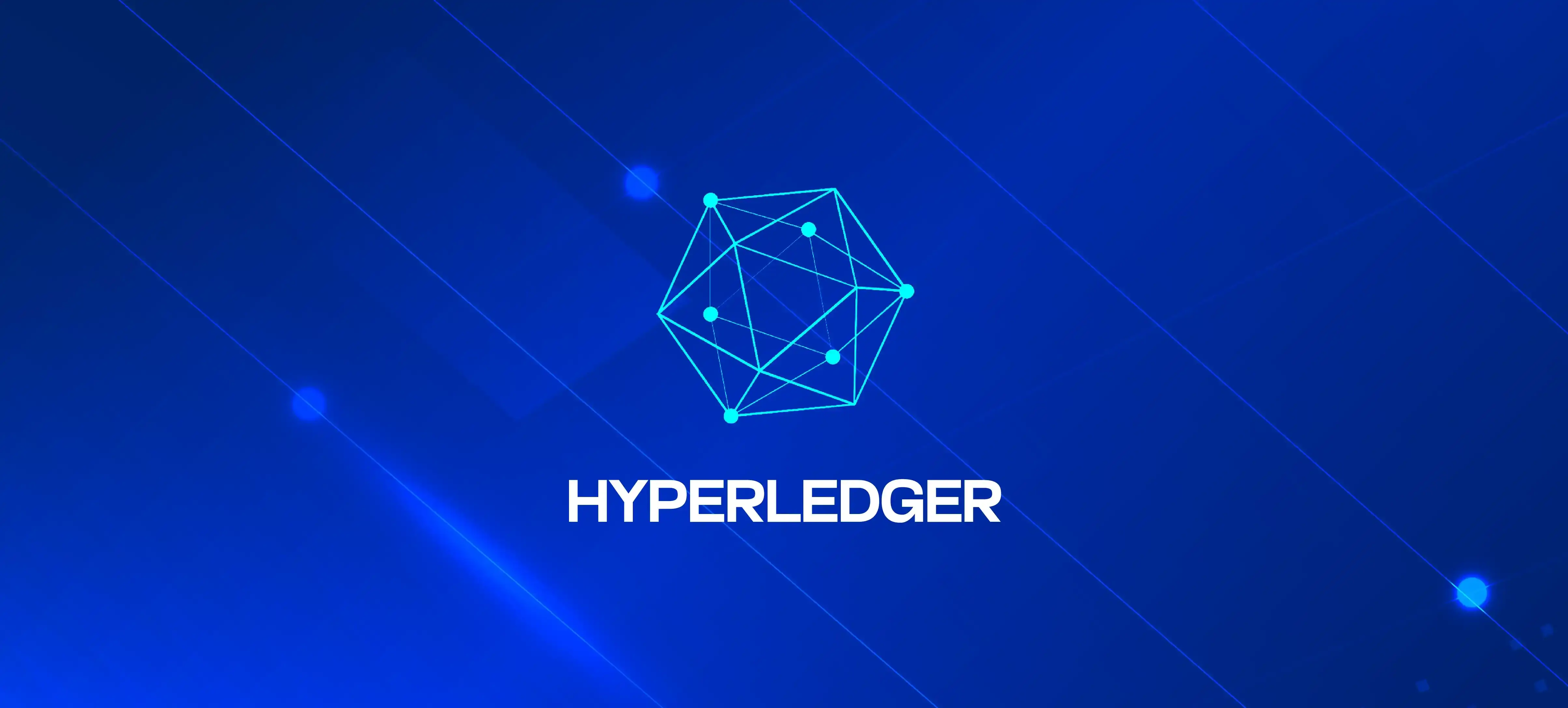
Why Should Solana Be a Major Focus for Developers?
Table of Contents
- 1. Unparalleled Speed and Scalability: Transforming the Web3 Development Landscape
- 2. Low Transaction Fees: The Economic Advantage of Solana
- 3. Developer-Friendly Ecosystem: Building with Solana
- 4. Unique Consensus Mechanism: The Power of Proof of History
- 5. Institutional Backing and Strong Market Presence
- 6. Flourishing Ecosystem: Growing DApp and DeFi Potential
- 7. Future-Proofing with Solana: Why Now is the Time to Invest in Solana Development
- Conclusion
The blockchain landscape is rapidly evolving, with new platforms, protocols, and innovations emerging daily. For developers looking to make a significant impact in the Web3 and blockchain space, Solana has risen to prominence as a game-changing platform with features that meet today’s development needs and tomorrow’s scalability requirements.
From unprecedented transaction speeds to a unique consensus mechanism, Solana offers a multitude of advantages that set it apart from other blockchain networks like Ethereum. Below, we dive deep into why developers should make Solana their primary focus for building decentralized applications (dApps) and explore how this platform stands to reshape the future of Web3.
1. Unparalleled Speed and Scalability: Transforming the Web3 Development Landscape
For Web3 applications, speed is paramount. Solana has revolutionized blockchain performance by achieving speeds of up to 65,000 transactions per second (TPS), rivaling traditional payment processors and enabling real-time, complex decentralized applications. This has major implications for DeFi projects, NFT marketplaces, and gaming dApps that require low-latency interactions to succeed.

Why Speed Matters in Blockchain
Speed isn’t just about user experience; it’s also a determining factor in scalability. When a blockchain network can handle a large number of transactions per second, it reduces bottlenecks, minimizes delays, and enhances the fluidity of applications. For developers, this means greater flexibility in designing applications that can handle high user volumes without performance drops. Solana’s efficiency enables more ambitious projects, allowing Web3 companies to target large-scale, commercial applications without fear of congestion or high fees, common issues plaguing older networks like Ethereum.
2. Low Transaction Fees: The Economic Advantage of Solana
Transaction fees have long been a contentious issue in the blockchain space. On networks like Ethereum, gas fees can surge during peak times, creating barriers for both developers and users. In contrast, Solana's average transaction fee is a fraction of a cent, making it a cost-effective choice for development.
Cost-Efficiency in the Developer's Hands
When transaction fees are minimized, the possibilities expand for micro-transactions, P2E (play-to-earn) games, and low-cost NFT projects. Solana’s cost-efficiency means that developers are not forced to restrict their application's functionality or usability based on cost constraints. This economic accessibility makes Solana a highly attractive choice for blockchain companies focused on scaling Web3 applications to reach broader audiences.

3. Developer-Friendly Ecosystem: Building with Solana
Developers are at the heart of any successful platform, and Solana has recognized this by creating an accessible, developer-centric ecosystem. Solana offers a range of tools, including APIs, SDKs, and a well-documented library, making it easier for developers to integrate Solana into their workflows.
Multi-Language Support and Resources
Supporting languages like Rust, C, and C++ allows developers from various coding backgrounds to adopt Solana without learning new languages from scratch. Rust, for instance, has become a popular language for blockchain development due to its efficiency and performance, and Solana’s adoption of Rust has attracted many experienced developers. Moreover, Solana’s comprehensive tutorials and support communities ensure that developers have access to the information and assistance they need to succeed.
For Web3 companies and blockchain projects looking to streamline development, Solana’s infrastructure simplifies deployment, while its robust community ensures continued innovation and collaboration.
4. Unique Consensus Mechanism: The Power of Proof of History
One of Solana’s core innovations is its Proof of History (PoH) consensus mechanism. Unlike Proof of Work (PoW) or Proof of Stake (PoS), PoH introduces a timestamp that serves as a cryptographic proof of the chronological order of events. This breakthrough in consensus reduces the time and computing power required for validation, which in turn enables higher throughput and lower costs.

Why Proof of History is a Game-Changer
PoH enables faster and more efficient transaction processing by embedding time stamps that validate transactions sequentially without needing to cross-reference with the entire network. This technology is a significant step forward, especially for developers working on time-sensitive applications like financial trading platforms or social dApps. Solana’s PoH structure guarantees that transactions are both quick and secure, allowing developers to design complex applications with minimal delays and security concerns.
5. Institutional Backing and Strong Market Presence
In the world of blockchain, the credibility of a platform often hinges on its institutional support and partnerships. Solana has garnered support from major industry players, including FTX, Alameda Research, and notable VC firms, which lends the platform a substantial market presence. This backing has translated into increased visibility and credibility, attracting numerous high-profile projects to the Solana ecosystem.
Implications for Developer Success
For developers, institutional support is more than just a stamp of approval; it provides tangible resources and networking opportunities to scale projects. This backing has attracted projects that span DeFi, NFTs, and decentralized exchanges, creating a dynamic, expanding ecosystem where developers can thrive. With a solid foundation and a growing roster of high-impact projects, Solana’s ecosystem is positioned to attract more developers and innovators, creating a positive cycle of growth and advancement.
6. Flourishing Ecosystem: Growing DApp and DeFi Potential
Solana’s unique combination of speed, affordability, and scalability has fostered a rapidly expanding ecosystem. Today, Solana hosts thousands of dApps across sectors like finance, gaming, and social media, making it a versatile playground for developers eager to push the boundaries of blockchain applications.
Decentralized Finance and NFTs on Solana
In the DeFi space, Solana has become a hotbed for innovation, with projects spanning decentralized exchanges, stablecoins, and lending platforms. The low fees and high throughput have made Solana one of the preferred blockchains for NFT marketplaces as well, including Solanart and Magic Eden, which offer creators an accessible platform for trading digital assets.
For developers, this thriving ecosystem means immediate opportunities to collaborate, integrate, and innovate with existing projects. Whether it’s DeFi, NFTs, or the broader Web3 space, Solana provides a fertile ground for ambitious projects looking to make a mark.

7. Future-Proofing with Solana: Why Now is the Time to Invest in Solana Development
Solana has consistently evolved to meet the needs of developers and companies focused on Web3. Its forward-thinking approach, combined with a robust roadmap for scalability and new functionalities, makes it an appealing option for developers committed to future-proofing their applications. Solana Labs continues to invest in innovative upgrades and partnerships, positioning the platform as a long-term leader in the blockchain space.
Securing a Competitive Edge
Blockchain technology is evolving, and platforms that cannot adapt risk becoming obsolete. Solana’s unique attributes allow developers to get ahead of the curve, building applications that not only serve today's needs but also anticipate tomorrow’s demands. As the Web3 industry expands, Solana’s combination of scalability, affordability, and efficiency offers developers the tools to maintain a competitive edge.
Conclusion
For blockchain developers, choosing the right platform can mean the difference between success and stagnation. Solana’s ecosystem, backed by a powerful combination of speed, low fees, and innovative technology, presents a compelling case for those looking to make a significant impact in Web3. Its supportive community, groundbreaking PoH consensus mechanism, and a growing roster of institutional partners create an environment ripe for innovation. Developers who focus on Solana are positioning themselves to lead in the future of blockchain and Web3.
By investing time and resources into the Solana ecosystem, developers and companies can ensure they are ready to meet the growing demands of the blockchain landscape. For developers keen on building the next wave of dApps, DeFi solutions, and NFTs, Solana is a key player not just today but for the future of blockchain technology.
Table of Contents
- 1. Unparalleled Speed and Scalability: Transforming the Web3 Development Landscape
- 2. Low Transaction Fees: The Economic Advantage of Solana
- 3. Developer-Friendly Ecosystem: Building with Solana
- 4. Unique Consensus Mechanism: The Power of Proof of History
- 5. Institutional Backing and Strong Market Presence
- 6. Flourishing Ecosystem: Growing DApp and DeFi Potential
- 7. Future-Proofing with Solana: Why Now is the Time to Invest in Solana Development
- Conclusion
The blockchain landscape is rapidly evolving, with new platforms, protocols, and innovations emerging daily. For developers looking to make a significant impact in the Web3 and blockchain space, Solana has risen to prominence as a game-changing platform with features that meet today’s development needs and tomorrow’s scalability requirements.
From unprecedented transaction speeds to a unique consensus mechanism, Solana offers a multitude of advantages that set it apart from other blockchain networks like Ethereum. Below, we dive deep into why developers should make Solana their primary focus for building decentralized applications (dApps) and explore how this platform stands to reshape the future of Web3.
1. Unparalleled Speed and Scalability: Transforming the Web3 Development Landscape
For Web3 applications, speed is paramount. Solana has revolutionized blockchain performance by achieving speeds of up to 65,000 transactions per second (TPS), rivaling traditional payment processors and enabling real-time, complex decentralized applications. This has major implications for DeFi projects, NFT marketplaces, and gaming dApps that require low-latency interactions to succeed.

Why Speed Matters in Blockchain
Speed isn’t just about user experience; it’s also a determining factor in scalability. When a blockchain network can handle a large number of transactions per second, it reduces bottlenecks, minimizes delays, and enhances the fluidity of applications. For developers, this means greater flexibility in designing applications that can handle high user volumes without performance drops. Solana’s efficiency enables more ambitious projects, allowing Web3 companies to target large-scale, commercial applications without fear of congestion or high fees, common issues plaguing older networks like Ethereum.
2. Low Transaction Fees: The Economic Advantage of Solana
Transaction fees have long been a contentious issue in the blockchain space. On networks like Ethereum, gas fees can surge during peak times, creating barriers for both developers and users. In contrast, Solana's average transaction fee is a fraction of a cent, making it a cost-effective choice for development.
Cost-Efficiency in the Developer's Hands
When transaction fees are minimized, the possibilities expand for micro-transactions, P2E (play-to-earn) games, and low-cost NFT projects. Solana’s cost-efficiency means that developers are not forced to restrict their application's functionality or usability based on cost constraints. This economic accessibility makes Solana a highly attractive choice for blockchain companies focused on scaling Web3 applications to reach broader audiences.

3. Developer-Friendly Ecosystem: Building with Solana
Developers are at the heart of any successful platform, and Solana has recognized this by creating an accessible, developer-centric ecosystem. Solana offers a range of tools, including APIs, SDKs, and a well-documented library, making it easier for developers to integrate Solana into their workflows.
Multi-Language Support and Resources
Supporting languages like Rust, C, and C++ allows developers from various coding backgrounds to adopt Solana without learning new languages from scratch. Rust, for instance, has become a popular language for blockchain development due to its efficiency and performance, and Solana’s adoption of Rust has attracted many experienced developers. Moreover, Solana’s comprehensive tutorials and support communities ensure that developers have access to the information and assistance they need to succeed.
For Web3 companies and blockchain projects looking to streamline development, Solana’s infrastructure simplifies deployment, while its robust community ensures continued innovation and collaboration.
4. Unique Consensus Mechanism: The Power of Proof of History
One of Solana’s core innovations is its Proof of History (PoH) consensus mechanism. Unlike Proof of Work (PoW) or Proof of Stake (PoS), PoH introduces a timestamp that serves as a cryptographic proof of the chronological order of events. This breakthrough in consensus reduces the time and computing power required for validation, which in turn enables higher throughput and lower costs.

Why Proof of History is a Game-Changer
PoH enables faster and more efficient transaction processing by embedding time stamps that validate transactions sequentially without needing to cross-reference with the entire network. This technology is a significant step forward, especially for developers working on time-sensitive applications like financial trading platforms or social dApps. Solana’s PoH structure guarantees that transactions are both quick and secure, allowing developers to design complex applications with minimal delays and security concerns.
5. Institutional Backing and Strong Market Presence
In the world of blockchain, the credibility of a platform often hinges on its institutional support and partnerships. Solana has garnered support from major industry players, including FTX, Alameda Research, and notable VC firms, which lends the platform a substantial market presence. This backing has translated into increased visibility and credibility, attracting numerous high-profile projects to the Solana ecosystem.
Implications for Developer Success
For developers, institutional support is more than just a stamp of approval; it provides tangible resources and networking opportunities to scale projects. This backing has attracted projects that span DeFi, NFTs, and decentralized exchanges, creating a dynamic, expanding ecosystem where developers can thrive. With a solid foundation and a growing roster of high-impact projects, Solana’s ecosystem is positioned to attract more developers and innovators, creating a positive cycle of growth and advancement.
6. Flourishing Ecosystem: Growing DApp and DeFi Potential
Solana’s unique combination of speed, affordability, and scalability has fostered a rapidly expanding ecosystem. Today, Solana hosts thousands of dApps across sectors like finance, gaming, and social media, making it a versatile playground for developers eager to push the boundaries of blockchain applications.
Decentralized Finance and NFTs on Solana
In the DeFi space, Solana has become a hotbed for innovation, with projects spanning decentralized exchanges, stablecoins, and lending platforms. The low fees and high throughput have made Solana one of the preferred blockchains for NFT marketplaces as well, including Solanart and Magic Eden, which offer creators an accessible platform for trading digital assets.
For developers, this thriving ecosystem means immediate opportunities to collaborate, integrate, and innovate with existing projects. Whether it’s DeFi, NFTs, or the broader Web3 space, Solana provides a fertile ground for ambitious projects looking to make a mark.

7. Future-Proofing with Solana: Why Now is the Time to Invest in Solana Development
Solana has consistently evolved to meet the needs of developers and companies focused on Web3. Its forward-thinking approach, combined with a robust roadmap for scalability and new functionalities, makes it an appealing option for developers committed to future-proofing their applications. Solana Labs continues to invest in innovative upgrades and partnerships, positioning the platform as a long-term leader in the blockchain space.
Securing a Competitive Edge
Blockchain technology is evolving, and platforms that cannot adapt risk becoming obsolete. Solana’s unique attributes allow developers to get ahead of the curve, building applications that not only serve today's needs but also anticipate tomorrow’s demands. As the Web3 industry expands, Solana’s combination of scalability, affordability, and efficiency offers developers the tools to maintain a competitive edge.
Conclusion
For blockchain developers, choosing the right platform can mean the difference between success and stagnation. Solana’s ecosystem, backed by a powerful combination of speed, low fees, and innovative technology, presents a compelling case for those looking to make a significant impact in Web3. Its supportive community, groundbreaking PoH consensus mechanism, and a growing roster of institutional partners create an environment ripe for innovation. Developers who focus on Solana are positioning themselves to lead in the future of blockchain and Web3.
By investing time and resources into the Solana ecosystem, developers and companies can ensure they are ready to meet the growing demands of the blockchain landscape. For developers keen on building the next wave of dApps, DeFi solutions, and NFTs, Solana is a key player not just today but for the future of blockchain technology.




